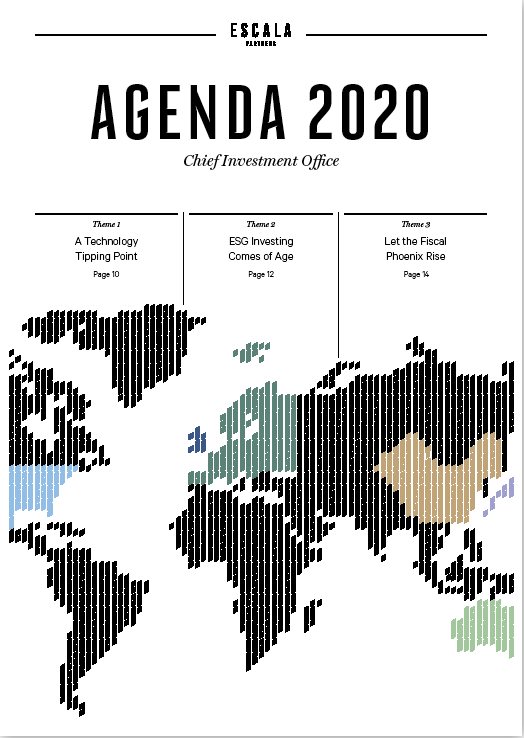-
Overview
We define alternatives to be any asset that is defined by ASIC as a hedge fund or has an illiquidity premium embedded. This makes for a very heterogenous asset class. Unlisted infrastructure, direct property, private debt, private equity, commodities and hedge funds are all part of our alternatives universe.
We expect the lower-for-longer environment to continue in the near to medium term. This means the delicate balancing of low growth with low discount rates and high levels of market liquidity makes for frothy markets that can be prone to bouts of volatility from time to time. Alternatives are an attractive asset class in this environment and explains why they have grown in popularity in the last decade or so. A recent study by BCG Consulting Group shows that assets under management in alternatives have been growing faster than those in all other investment categories apart from passive investments.
The same study suggested the fastest sub-asset class within alternatives will be the illiquid assets – unlisted infrastructure, private debt and private equity. We would tend to agree.
We are conscious of the demand for private assets driving valuations to the upper end of historical ranges. We favour managers that are disciplined in their approach and have wide networks within which to find attractive opportunities. We also favour managers that have the ability and capacity to actively build out cash flows and improve valuations through value creation and entrepreneurial skill and good governance. Partners Group is one such manager in the private equity space that we favour. The Partners Group Global Value Fund (AUD) is a diversified private markets fund (mainly private equity but also private debt) invested in a broad range of investments. On a look through basis, the Fund is currently invested in approximately 1,500 private companies.
Infrastructure is an attractive, high yielding, sub-sector and the growing need for governments around the world to increase spending in this area opens up new opportunities for investors. We focus on large managers with a diverse range of assets that have deep, long term experience. An allocation to assets that operate in sectors and sub-sectors supported by long-term transformative trends is important, such as energy. ESG should also be an integrated part of an infrastructure manager’s analysis as should an active approach in the management of the assets. An ability to release embedded value is an important driver of return. One such manager we like in this regard is Palisade.
The number of public companies in the US has declined by around 40% over the past twenty years. While this has reduced the opportunity set in public markets, it opens up a new universe of opportunities in the private markets.
Global Private Debt and Equity Fundraising (USD Billions)

Source: Preqin, JP Morgan
2019 was a quieter year for private equity raising.
Cumulative growth in Global Assets

Source: World Federation of Markets, Preqin
Private markets, including $4.1 trillion in private equity, have soared 9-fold since 2000 to $6.73 trillion, growing 3x as fast as global public equities markets.
-

While we do not expect inflation to significantly break higher anytime soon, infrastructure assets do offer an attractive hedge if it does.
-

The biggest risk with private markets is illiquidity and so position sizing and investment horizon inside a balanced portfolio should reflect this. Our focus is on ensuring this illiquidity risk premium is appropriately priced by the manager.








